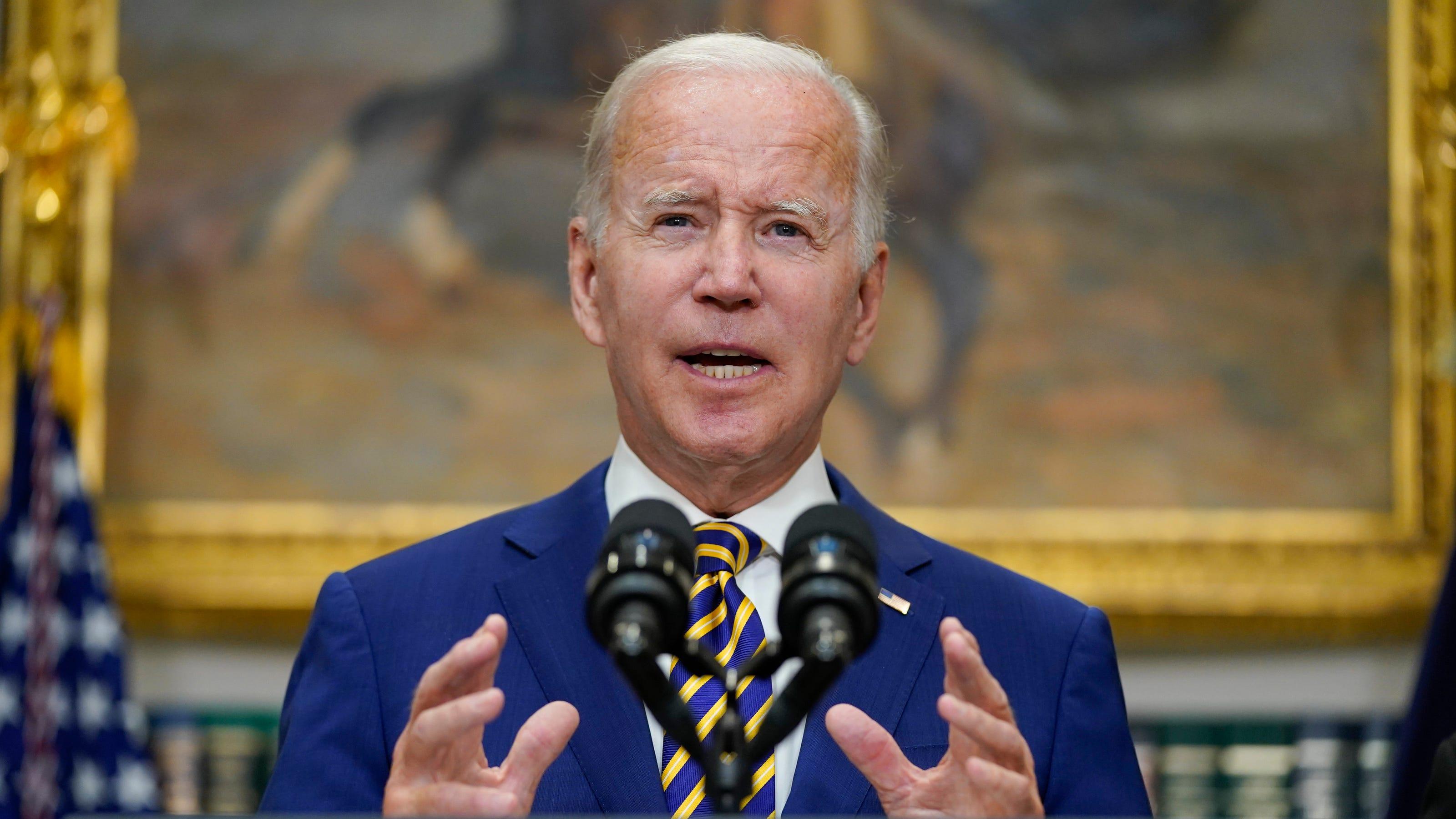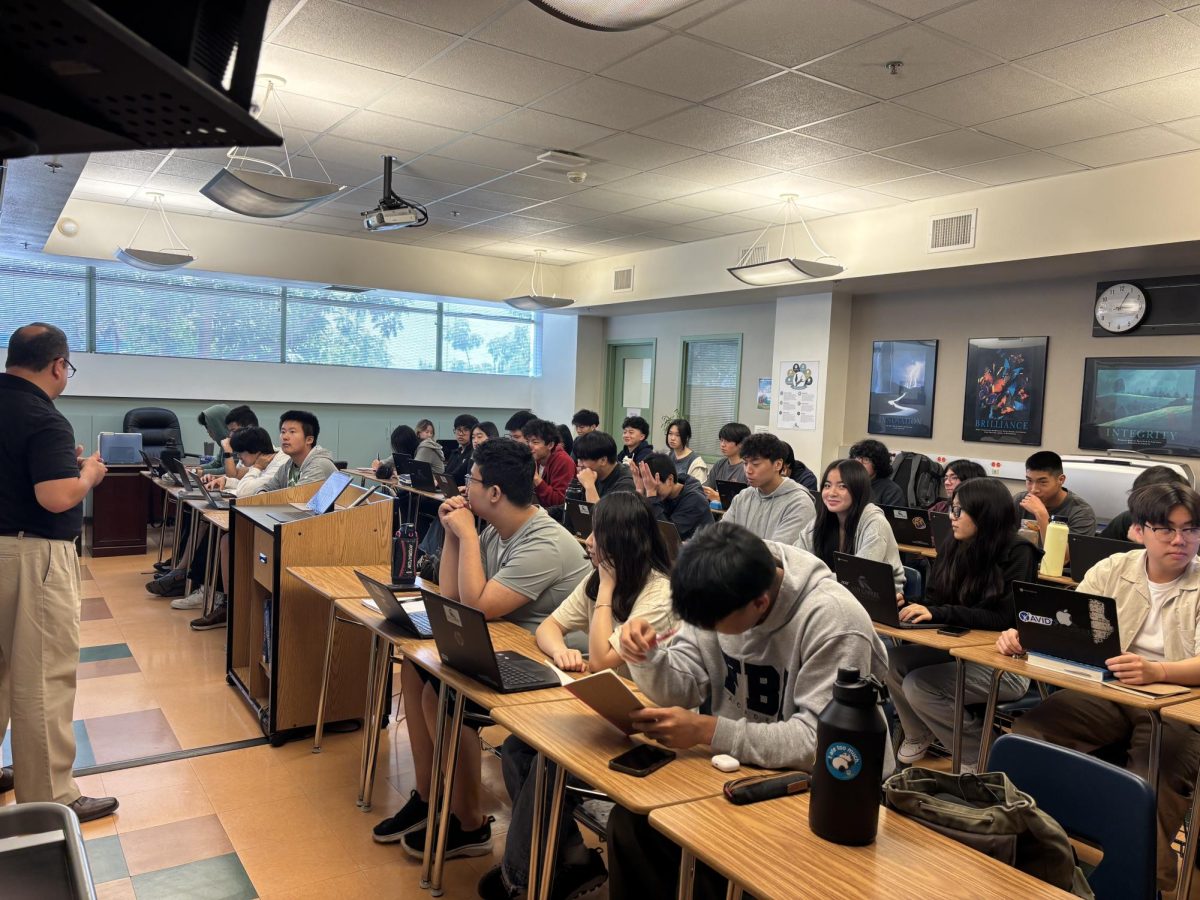
By Violet Wang | Staff Writer
Finally answering his campaign promise to cut student debt, President Joe Biden’s student loan forgiveness plan, announced Aug. 24, provides effective assistance. However, the plan avoids the root of the issue, making it only a single step to solving the student debt crisis.
The relief plan cuts $10,000 from a student’s debt if their annual income is less than $125,000. This cut is increased to $20,000 for students who also receive Pell Grants, which are subsidies for college undergraduates with financial need.
In Biden’s briefing on the plan, he told the press, “95 percent of the borrowers can benefit from these actions… Nearly [20 million people] can have their student debt fully cancelled.”
It is of substantial, but unfortunately, short-term help. To hold colleges accountable for hiking tuition prices, the plan simply creates a list of college loan programs with the worst debt levels instead of actually regulating prices. The plan only provides relief to current debt holders- future students will still be affected by a lifetime of debt.
The most glaring issue in the plan is the question of how the government will pay for the relief. The shock does not come from how much the plan costs, but from how little it costs in comparison to what they have.
White House press secretary Karine Jean-Pierre told CNN that, “Assuming that 75 percent of folks… take this [debt relief], and you look at the average monetary cash flow on that, it’s going to be about $24 billion per year.”
Over the 10-year window of debt relief, that totals to $240 billion. An analysis by the University of Pennsylvania found that outside estimations lean closer to $500 billion. However, these sums of money are not as expensive as they seem.
During the plan’s initial announcement, Biden explained, “This year, we’re on track to cut [the national deficit] by more than $1.7 trillion by the end of this fiscal year… The Inflation Reduction Act is going to cut it by another $300 billion.”
That is roughly $2 trillion cut from the national deficit, $1.5 trillion more than the largest cost estimate of $500 billion. This does not even account for the $50 billion increase in annual funds due to the resuming of student loan payment in January of next year.
The government has the ability to do much more than relieve just $10,000 to $20,000 of student debt. If the student debt crisis is to be solved at its core, the answer is free college education.
Free college education would mean that all students- past, present, and future- would have the option to chase higher education necessary for work while avoiding the pitfalls of debt.
Providing this support is perfectly achievable- a bill to do so was already proposed on April 21, 2020 by Senator Bernie Sanders and Representative Pramila Jayapal. Although introducing free college education would be costly, the bill provides a method to pay for it: taxing Wall Street, home of the New York Stock Exchange.
According to CNBC reporter Carmen Reinicke, the bill posits that by placing light transaction taxes on Wall Street, as small as 0.005%, an estimated $2.4 trillion could be raised over the next decade. With this funding, free college education and student debt cancellation could be achieved.
Biden’s student loan forgiveness plan is helpful, but should provide further support to reach the full solution of free higher education and complete student debt cancellation.






